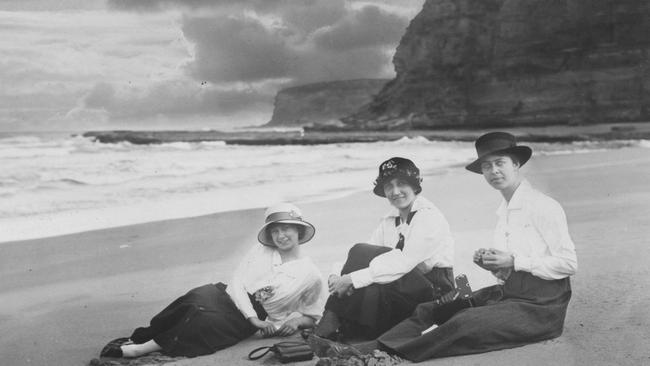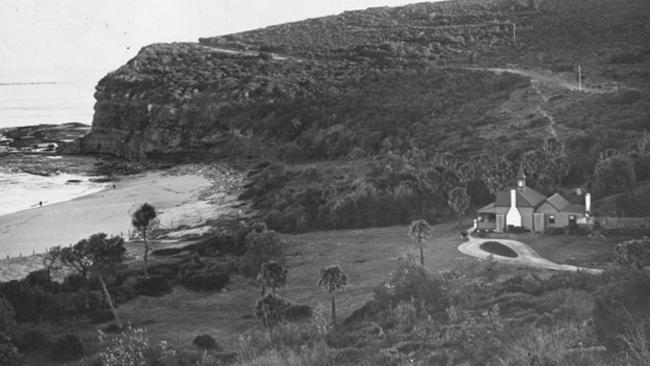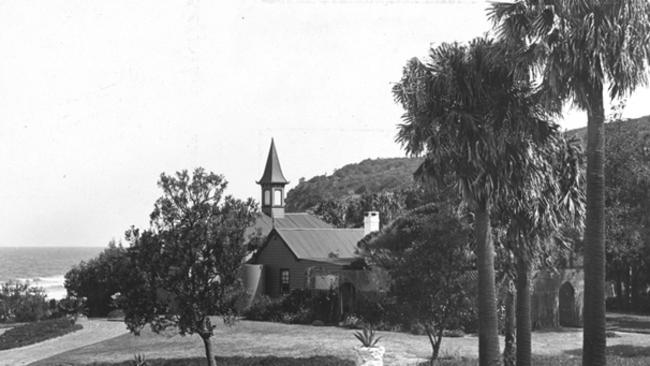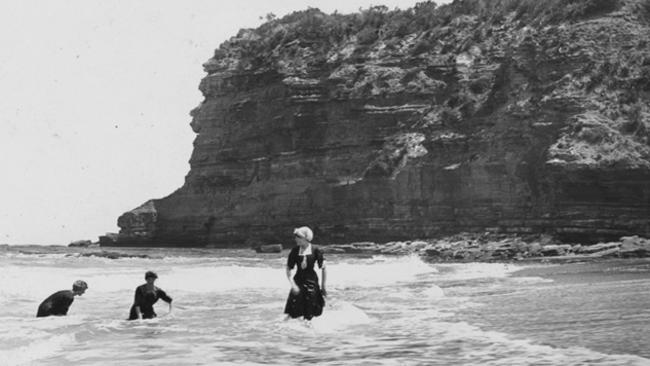Bilgola Estate surveyor’s body found after going for a swim
IN THE space of eight weeks in 1922, three people lost their lives in the surf at Sydney beaches and sharks were blamed for all three deaths.

Manly
Don't miss out on the headlines from Manly. Followed categories will be added to My News.
- The master mariner who was a leading light behind the leading line
- The day timber choked the harbour beaches at Manly
IN THE space of eight weeks in 1922, three people lost their lives in the surf at Sydney beaches and sharks were blamed for all three deaths.
On February 4, a 19-year-old man was mauled by a shark at Coogee and later died. On February 6, a 22-year-old man disappeared in the surf at Bilgola Beach. And on March 2, a 21-year-old man was mauled by a shark at Coogee and died two days later.

But while the two shark attacks at Coogee were witnessed by others at the beach, the death of Norman Whitely at Bilgola on February 6 was witnessed by no one and at the inquest into his death, a doctor could not say whether Whitely was attacked by a shark or drowned and was then mauled by a shark.
Whitely’s death in the surf at Bilgola was the second fatality at the beach in nine months.
On May 21, 1921, renowned aviator Colonel Walter Watt drowned at Bilgola, not far from the cottage he owned immediately behind the beach.

A post-mortem examination found marks on his head that indicated he had slipped on the rocks, fallen and been knocked unconscious before rolling into shallow water and drowning.
Watts’ body was found by the caretaker of his cottage, Sydney Jones.
Exactly when Bilgola Cottage was built and who built it is uncertain, although it was probably built between 1882 and 1886 by either the Fahey family or the Stevenson family.
The Faheys had purchased the land at Bilgola in 1882 and sold it to the Stevensons in 1884.
In 1886 the Stevensons sold the land to State Attorney William Dalley at a price which suggests there was a house on the land at the time.

Exactly when the small weatherboard structure became known as Bilgola Cottage is also unknown. In his will, Dalley referred to it as Yallambi but in the advertisement for its sale in 1888, it was referred to as Tallamalla.
Dalley’s Bilgola property passed through several hands until it was purchased in 1912 by Walter Watt, who used at as a weekender or holiday cottage.
Following his death in 1921, Watt’s estate at Bilgola was sold, with the cottage and 2.6ha of land offered for auction on December 8, 1921, where it realised £4500.

The following month, in January 1922, it was advertised that the property would be subdivided into 28 lots, exclusive of a strip of land along the beach frontage that would be dedicated to Warringah Shire Council as a public reserve.
The auction of the Bilgola Estate was to take place on Saturday, February 18, and it was for that reason that Norman Whitely was staying in Bilgola Cottage — he was a surveyor employed by H.P. Mulligan & Co to determine the precise boundaries of the allotments and streets.
Whitely had passed his licensed surveyor’s examination in March 1920 but was unable to receive his licence until December that year, when he turned 21.

At 7.30am on February 6, 1922 — just 12 days before the auction of the Bilgola Estate was scheduled — Whitely told the caretaker of Bilgola Cottage, Sydney Jones, that he was going for a swim.
Later that day, one of Whitely’s surveying colleagues, Walter Cridland, arrived at Bilgola but could not find Whitely.
Cridland and Jones immediately searched the beach and then called the police for assistance.
Constable Huckins arrived from Narrabeen and searched the beach with Cridland, Jones and others until darkness forced them to abandon it.

What they did notice while searching, however, were three sharks swimming off the beach.
Two days later, human remains washed ashore at Bilgola Beach, along with the tattered remnants of a bathing costume.
A female friend of Whitely’s confirmed that the bathing costume was his.
At the inquest into Whitely’s death, Dr Stratford Sheldon said Whitely had been attacked by a shark but he had no way of knowing if the attack occurred before or after Whitely’s death.
The Coroner returned a verdict that Whitely was probably killed by sharks while bathing.
Despite the tragedy, the auction of the Bilgola Estate went ahead and, despite heavy rain, there was a large attendance and several lots were sold on the day, realising £2400, while the unsold lots were held for private treaty.


